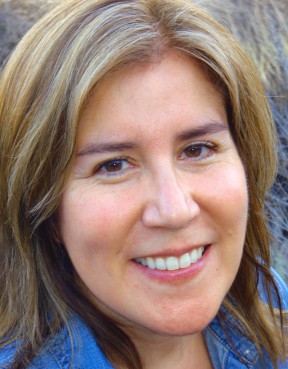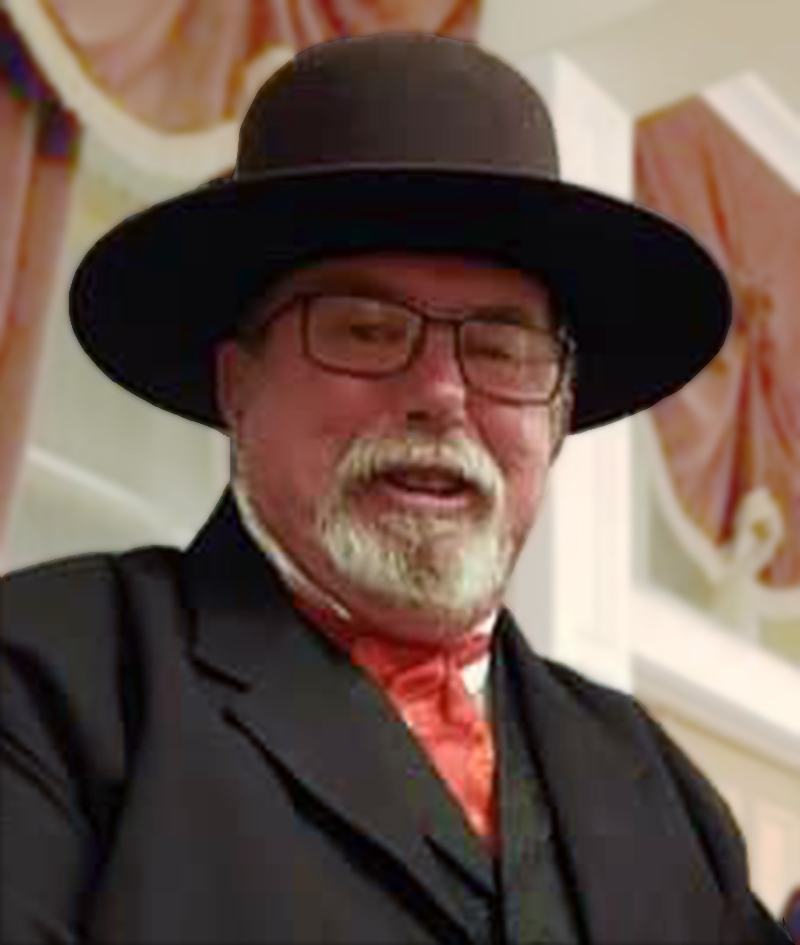BY:
James Gibson, Superintendent, Castaic Union School District
Robert Nolet, Ed.D., Superintendent, Sulphur Springs School District
Marc Winger, Ed.D., Superintendent, Newhall School District
As the superintendents of three school districts in the Santa Clarita Valley, we are concerned with any charter school applications – known as petitions – that come before our local school boards for approval. The geographic reality is that a K-6th grade charter will draw students from all four elementary grade school districts in the SCV.
A superintendent’s responsibility is to advise school board members so they can make a reasoned decision based on fact, legal criteria and, ultimately, their judgment. Approval of charter schools is not a popularity contest – the process and criteria are defined in law. No amount of Facebook “likes,” media advertisements, pamphlets, heartfelt testimonials, and letters of general support can take the place of a rigorous review process.
Superintendents and board members have an obligation to assure SCV residents that charter schools comply with the law.
California’s Charter Schools Act states the intention of the Legislature to:
(a) Improve pupil learning.
(b) Increase learning opportunities for all pupils, with special emphasis on expanded learning experiences for pupils who are identified as academically low achieving.
(Education Code 47600-47616.7, emphasis added)
The California School Boards Association (CSBA) provides guidance and advice for school boards in the publication “Charter Schools, A Manual for Governance Teams (2009).” It summarizes one of the key requirements of the law and explains that a charter school asking a school board for approval must describe:
The means by which the school will achieve a racial and ethnic balance among its pupils that is reflective of the general population residing within the territorial jurisdiction of the school district to which the charter petition is submitted. (Page 23, emphasis added)
The Einstein Academy petitioners who recently sought approval for a K-6 school from the Saugus Union School District, and were denied, had previously been denied by the Newhall School District, Ventura Unified School District, Saugus School District, Los Angeles Unified School District, and the Ventura County Office of Education. Last year the Los Angeles County Office of Education indicated their intent to deny an appeal of this charter and the appeal was withdrawn by the applicants. The William S. Hart High School District declined to consider its petition for an elementary program. There are other charter petitions that have been submitted to our districts and they have been denied as well. It’s fair to ask why.
Petitioners must address 16 defined areas in their application. The previous denials of charters by SCV districts, including the most recent at the Saugus board, have been based on the inadequacy of the petitions, fiscal errors and concerns, inaccuracies, and findings that the proposed school could not and would not meet the intent of the law and the claims of the petitioners.
And there’s a large, overarching reason for the denials – all the school boards understood the intent of California’s Charter Schools Act. It was passed to provide special emphasis on the learning experience of low achievers. This should be a fundamental element of charter petitions. The petitioners we have reviewed have no experience with English language learners, low achieving students, or students who are socio-economically disadvantaged. They have little experience with those with disabilities. Two existing charter schools in the SCV, one that currently serves K-6 students and Einstein, which currently serves 7th-11th graders and had petitioned Saugus to serve K-6 students, serve to verify that the local school boards’ concerns are valid.
The intent of the law and the requirement for racial and ethnic balance cited above are meant to prevent the establishment of exclusive schools built on segregation by wealth and self-selection. We can look at the existing SCV charter schools’ ability and/or willingness to conform to the requirement of the law to judge how they’ve done. Proponents like to “cherry pick” certain specific schools for comparison. But, as noted above, the law requires the comparison to be to the district because the draw of students to a charter is district-wide. One can find the necessary comparisons of valid data (not just petitioners’ claims) at the California Department of Education’s (CDE) Dataquest website.
English language learners whose first language is Spanish represent the bulk of low achieving students in the SCV. Until they are fluent in English they will not be proficient. So how do the two local charters compare to school districts on this demographic?

How about the school and district’s poverty level based on the number of socio-economically disadvantaged students who attend?

And the enrollment of Hispanic students, the second largest ethnic group in the SCV?

Are the current charters in the SCV serving these students at levels that are reflective of the local districts? Or upon stepping through the charter school door did students become middle class, White, fluent and proficient English speakers? Local demographics indicate that Hispanic, poor, English learners, and disabled students should be significantly represented at these charter schools. Increased diversity was one of the Hart District’s conditions of renewal for the existing Einstein 7th-11th grade charter school, but to date we have not seen any meaningful action on the part of the charter to change its demographics.
A charter school has an obligation to reflect the population of the district from which it will draw students. The law requires the charter to enhance the opportunities of low achievers. We think it is reasonable to compare charters to all our districts because the charter schools currently operating in the SCV draw students from across the valley, regardless of home district. It is a reasonable conclusion, based on the existing charters’ student body profiles, that the proposed Einstein K-6 charter school recently denied by the Saugus board would not have reflected the student bodies of the elementary school districts of the SCV.
Charters in neighborhoods such as the SCV, with its successful schools, recruit and siphon off students who are predestined by social standing and parent education levels to achieve, and they ignore the low achievers – the very students the law was designed to serve. These schools end up contributing to segregation by race and social class. Diane Ravitch, former assistant secretary of education in the George H.W. Bush administration and one-time charter proponent, calls this subtle recruitment “creaming” of the students most likely to be academically successful. In her book, “Death and Life of the Great American School System,” Ravitch expresses a 180 degree change in her opinions of charters because of this reality.
How does this subtle segregation and exclusion happen? A February 2011 donation appeal letter to parents from one of the existing local charters is telling. While referencing an expected $2500 per student fund raising goal it states, “It allows us to provide a private school education in a tuition-free, public school setting.”
And here’s a direct quote from a posting on the school’s website entitled “Annual Giving Campaign 2011-12 FAQs”: “Therefore we expect AEA families to donate $2,500 per child to help make of the difference we do not receive from the government.” This letter and FAQ section have since been pulled from the school’s website because the Hart District imposed a condition of renewal that required the school to discontinue the practice of soliciting donations in this way. Perhaps the operators of the charter also realized how damaging it was to be so honest about their intent.
We know charter proponents now claim that the 2011 donation documents no longer apply and any donations are purely voluntary and only suggested. They will also say that all schools, via PTAs or foundations, ask parents for money. That statement is true. We reference this letter and website posting as evidence of a mindset and a subtly (and sometimes not so subtly) sent message – parental donations to charter schools are expected. We have heard this from parents, we read it for ourselves. Most importantly, the charter budgets we have reviewed in the past depend on donations. That leads to more than the “ask” of a traditional PTA or foundation, whose budgets are not integrated into the actual operation of our schools.
Charter schools are public schools. The law is not intended to create private schools with public funds. “Private school education” is code for avoiding diversity and the instructional challenges faced by today’s public schools. The exclusion of children of color, those who live in poverty and low achievers is no surprise. Contributing to a stated per-student fund raising goal is not possible for the students of the SCV who participate in the free/reduced lunch program and the school’s expectation has a chilling effect on anyone hoping to enroll if they do not have the means to meet the school’s fund raising expectations.
Ask yourself if students in the poorer sections of our valley can get to a charter school in a remote commercial/industrial area of the SCV, where the existing charter schools are located. Has there been meaningful outreach from our current charters to this population? Have the local charters arranged for bus service to insure that they reach out to Spanish speaking English language learners and poor students who are limited by lack of transportation? We think you can guess the answer.
Existing and prospective charters should be held accountable to adequately address the elements of the petition and reflect the intent of the law. They should not be allowed to establish exclusionary, boutique schools. Once established, they like to point to their achievement levels as proof of their excellence. But are they simply “creaming” high achievers? This is not an indictment of their instructional methods or their learning environments. Nor is this an indictment of the parents who choose a charter school for one reason or another. But the charter operators’ self-described unique methods should be focused where the law points them – on their current student body and low achieving students or those still learning English.
The promise of the public schools in America has always been to provide opportunity for all our students. Public schools have enabled students from all stations in life to contribute to our society and our economy. Equity and access have been central tenets of this important American institution. Charter advocates like to argue “choice” and “competition.” We say allow choice and bring on the competition, but insist that it be on a level and fair playing field, compliant with the intent of the law.
Let’s see petitioners propose a charter that would effectively serve all students, including the low achieving and poor students in east Newhall, Val Verde, or sections of Canyon Country – that is the intent of the charter law. That would honestly provide a choice for all parents, including those of low achieving students and English learners. That’s fair competition. Then let’s compare the achievement scores of our schools. Given the Santa Clarita Valley school districts’ proven ability to meet the needs of all students we are pretty confident of the results. Can our local charters and future petitioners say the same?
School boards must honor the requirements and the intent of the California Charter Schools Act and reject charters that have not served and will not serve the students for whom the law was created. The Saugus Union School District board did just that in its vote on Albert Einstein Academy.
Like this:
Like Loading...
Related





 Tweet This
Tweet This Facebook
Facebook Digg This
Digg This Bookmark
Bookmark Stumble
Stumble RSS
RSS










































REAL NAMES ONLY: All posters must use their real individual or business name. This applies equally to Twitter account holders who use a nickname.
2 Comments
To the above commentary, I ask the question: “Does the Districts appropriately address the needs of the Socioeconomically Disadvantaged, English Learners, and especially the Students with Disabilities?”
Although the Districts have the above stated demographics, many of the schools in the Districts are in “program improvement” regarding the mandated Adequate Yearly Progress.
From the perspective of the parents of a special needs child, many parents with a special needs child will state that the District is not providing appropriate services.
Many parents with special needs children are tired of the District’s lies, deception, twisting of logic, and intimidation (in the form of Due Process (paid for by the Tax Payers) thrown at their families on an ongoing basis.
Having the right to charter schools or vouchers to private schools gives the parent a choice to exercise their Civil Rights to a free and appropriate education.
America is not a Totalitarian Society, America is and should be a free and democratic society that encourages competition (and this should include the choice of education).
It is extremely ironic & unfair that the Districts reject a Charter based on its Demographics, when the specific Demographics that the Districts refer above did not meet the Adequate Yearly Progress as mandated by the No Child Left Behind Law (NCLB).
Please refer to the facts as stated in the California Department of Education Website (http://ayp.cde.ca.gov/reports/page2.asp?subject=AYP&level=District&submit1=Submit):
[Castaic Union School District]
Castaic Union School District did not meet the 2012 Adequate Yearly Progress in English Language & Math for the following Demographics (Black, Hispanic, White, Socioeconomically Disadvantaged, English Learners, Students with Disabilities).
[Sulphur Springs School District]
Sulpur Springs School District did not meet the 2012 Adequate Yearly Progress in English Language Arts for the following Demographics (Hispanic, English Learners).
Sulphur Springs School District did not meet the 2012 Adequate Yearly Progress in Math for the following Demographics (Hispanic, Socioeconomically Disadvantaged, English Learners).
[Newhall School District]
Newhall School District did not meet the 2012 Adequate Yearly Progress in English Language Arts for the following Demographics (Black, Hispanic, Socioeconomically Disadvantaged, Students with Disabilities).
Newhall School District did not meet the 2012 Adequate Yearly Progress in Math for the following Demographics (Hispanic, Socioeconomically Disadvantaged, Students with Disabilities).
[Saugus Union School District]
Saugus Union School District did not meet the 2012 Adequate Yearly Progress in Math for the following Demographics (Hispanic, Socioeconomically Disadvantaged).
It is of note to mention that Saugus Union School District passed many of its Demographics (that may not have passed) by Safe Harbor.
(SH = Passed by safe harbor: The school, LEA, or student group met the criteria for safe harbor, which is an alternate method of meeting the AMO if a school, an LEA, or a student group shows progress in moving students from scoring at the below proficient level to the proficient level.)